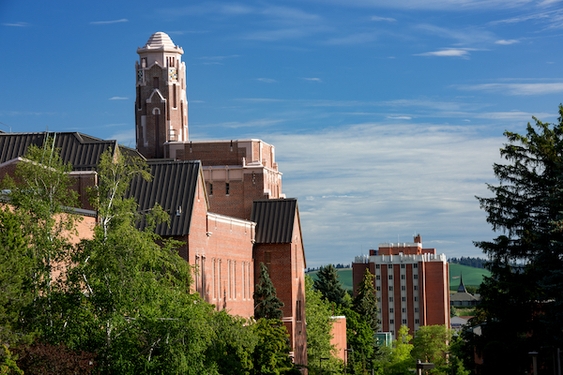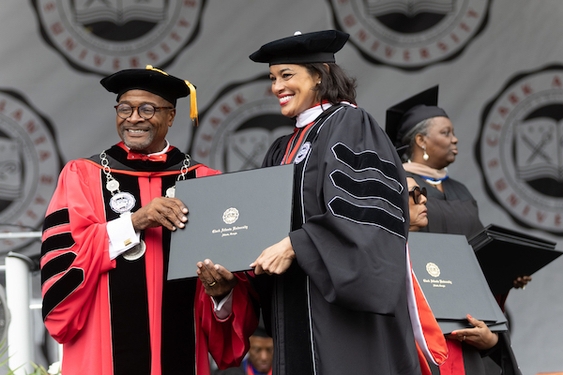Have you ever sat in a college class and thought, "How the hell did this kid get in this college?" Or, have you thought the opposite: "He’s way too smart to be going to school here!"
According to a new paper published by the National Bureau of Economic Research, many American college students are going to schools that don’t match their academic needs properly, and there are a few factors that might explain why.
Roughly 28 percent of students are above the education level of the institution they attend, while 25 percent are below. But the decision to have such mismatched schools and students doesn’t come from colleges' admissions officers, but more often it is the student and their families pulling the strings.
The biggest influence is money. Many students who are over matched with their schools are from wealthier families, while those less fortunate can often not afford the daunting cost of higher education and must choose schools based on scholarship availability.
After financial constraints, geographic location plays a major role in the mismatching of college students. The study found that many high school students who do not live near colleges or universities that are well matched for them, or even over matched, find themselves more often attending schools that are below their educational needs.
Additional factors include parental education levels, having role models in your life who have attend college and lastly, the allotted time off a student chooses to take between high school and college.
The study's main researcher, Eleanor W. Dillon, hopes to continue her work into a greater sphere and begin investigating the mismatching effects on graduation rates and future employment.
For more information on this story, click here.




